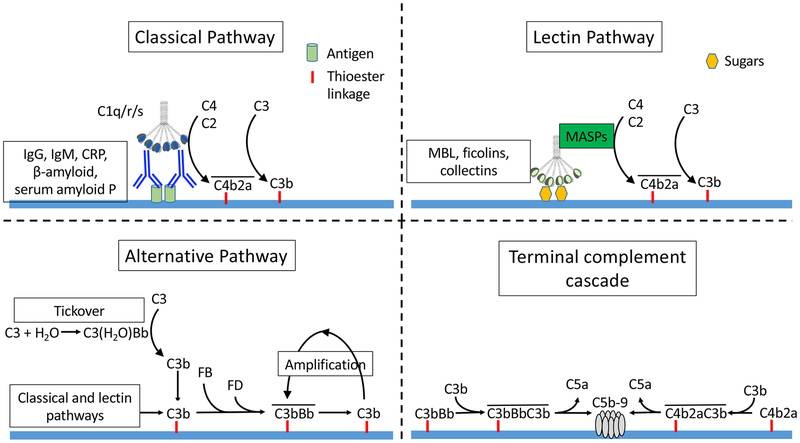Figure 1. Complement activation pathways.
Complement activation can be initiated through three pathways. The classical pathway is activated when immunoglobulins or other activating proteins bind to ligands and engage C1q. The C1qrs complex cleaves C4 and C2, generating the classical pathway C3 convertase (C4b2a). The lectin pathway is activated when mannose binding lectin (MBL) or other activating pathways bind to sugars and engage the mannose associated serine proteases (MASPs). The MASPs cleave C4 and C2, generating C3 convertase (C4b2a). The alternative pathway is activated spontaneously when water binds hydrolyses C3, forming a molecule with C3 convertase activity [C3(H2O)]. C3b generated by C3(H2O) or the other activation pathways then combines with factor B. Factor D then cleaves factor B to form a C3 convertase (C3bBb), which cleaves additional C3. C3b generated by this convertase can, itself, form more C3bBb, providing further amplification of this process. Either of the C3 convertases (C3bBb and C4b2a) can combine with an additional C3b to form C5 convertase. C5 convertases catalyze the cleavage of C5, and formation of C5b-9 (the terminal complement complex or membrane attack complex).

